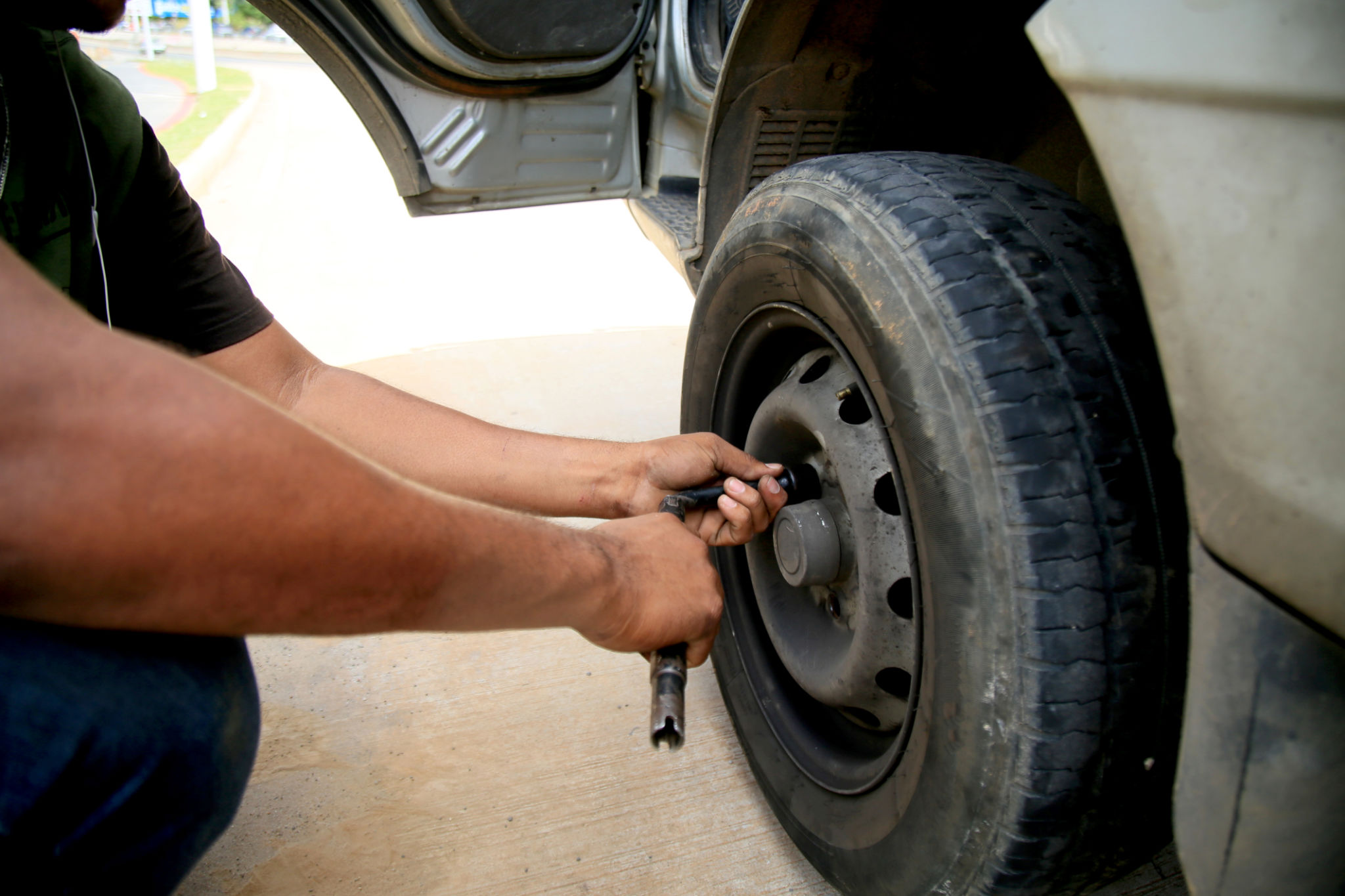Busting Myths: Common Misconceptions About Compressed Air Systems
Introduction to Compressed Air Systems
Compressed air systems are integral to numerous industries, providing a reliable source of power for various applications. Despite their widespread use, there are several misconceptions surrounding these systems that can lead to inefficiencies or even potential safety risks. In this article, we will address some of the most common myths about compressed air systems and set the record straight.

Myth 1: Compressed Air is Free
One of the most pervasive myths is that compressed air is free because air itself is free. This misconception overlooks the energy costs associated with compressing air. In fact, producing compressed air is one of the most expensive utilities in an industrial facility, often accounting for a significant portion of the total energy bill. It's crucial to implement energy-efficient practices to reduce these costs.
Efficient compressor operation, regular maintenance, and leak detection are key strategies to minimize energy consumption. By understanding that compressed air is not free, businesses can take steps to optimize their systems and cut down on unnecessary expenses.
Myth 2: All Compressors Deliver the Same Quality of Air
Another common misconception is that all compressors deliver the same quality of compressed air. This is not true, as the quality can vary significantly depending on the type of compressor and its maintenance. Some applications require extremely high-quality air, free from contaminants such as water, oil, and particles.
Ensuring the right filtration and drying systems are in place is essential for achieving the desired air quality. Different industries have different standards, and failing to meet these can lead to operational issues or product defects.

Myth 3: Bigger Compressors Are Always Better
There is a belief that larger compressors are more efficient or better suited for all operations. This myth can lead to oversizing, which results in higher energy use and increased costs. The key is to select a compressor that matches the specific demand of your operation.
Conducting an accurate assessment of your facility's air requirements can help ensure that you choose a compressor that is appropriately sized. Oversized systems can lead to frequent cycling, which increases wear and tear and reduces efficiency.
Myth 4: Leaks Are Inevitable and Not Worth Fixing
Compressed air leaks are often considered unavoidable and too minor to fix. However, even small leaks can add up over time, leading to significant energy waste and increased costs. Regular leak detection and repair should be a part of any maintenance routine to prevent unnecessary waste.

Utilizing ultrasonic leak detectors can help identify leaks that are not visible or audible to the human ear. Addressing leaks promptly ensures optimal system performance and cost savings.
Conclusion
Busting these myths about compressed air systems can lead to more informed decisions regarding their use and maintenance. By understanding the true nature of these systems, industries can enhance their efficiency, reduce costs, and maintain high standards of safety and quality. It’s important to continually educate yourself and your team about best practices in compressed air system management.
